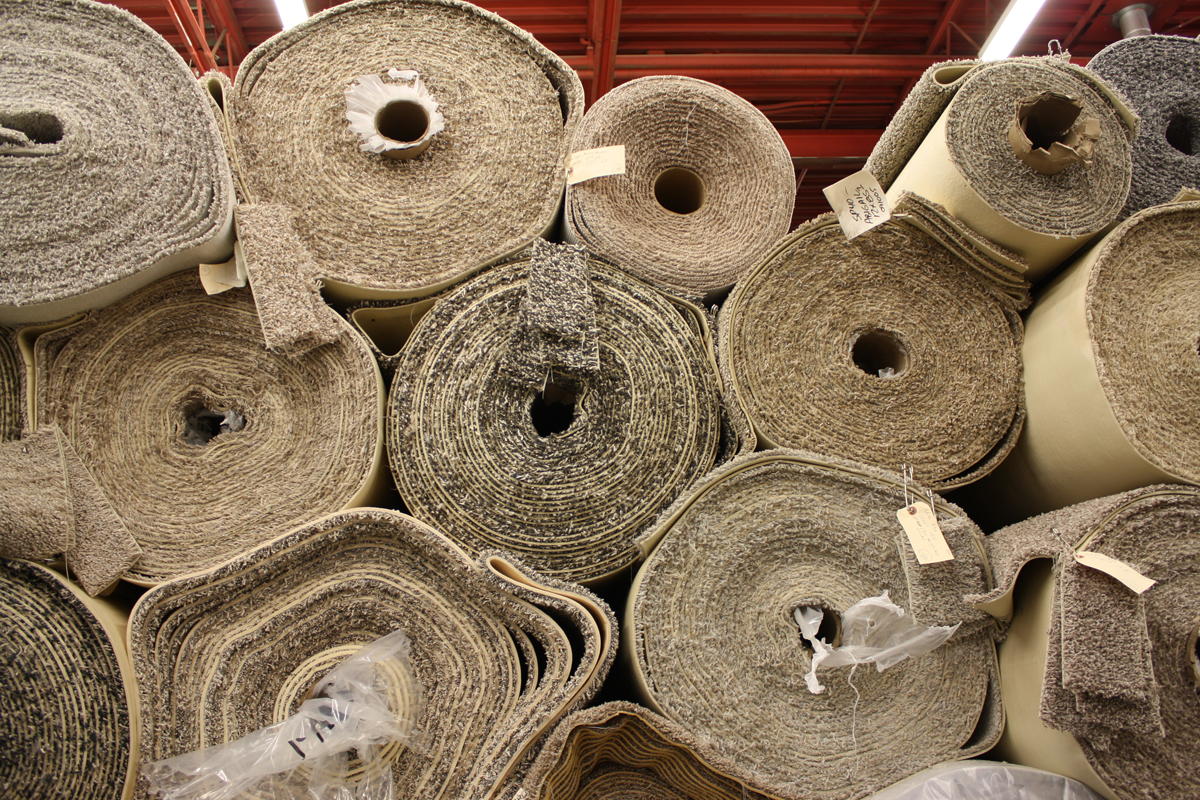What is Carpet with Attached Backing?
- Made of 100% premium polyurethane foam, Kanga cushions provide carpets with a soft, luxurious feel.
- “KANGA” is a family name for a series of patented polyurethane attached cushion carpets.
- Carpet manufactured with polyurethane attached backing/cushion has stood the test of time beautifully, acquiring a remarkable reputation for performance and comfort.
What is Carpet with Attached Backing for?
- Insulation for feet on a cold tile or concrete floor.
- Making a room more comfortable, more inviting to sit on the floor (e.g. children’s playroom).
- You can easily install Kanga attached cushion carpets yourself.
- Reducing the noise from walking, especially useful on upper floors, and in apartment buildings.
- Adding colour or decoration to a room.
Check out our current and on-going specials for carpet with attached backing!
What makes Carpet with Attached Backing unique?
- Kanga helps absorb the punishment of foot traffic that causes your carpet’s face fiber to mat and crush. The result is that your carpet will look better for longer.
- Resistant to most household cleaning supplies. Its moisture resistance makes the clean-up of spills much easier than with conventional carpet.
- Resists mold, mildew or bacteria, making it an excellent choice for any damp or below grade installations.
- “Easy Release” outer skin layer allows for a cleaner removal with less of the crumbly mess left by conventional type cushions.
- They are incredibly light, making them easy to handle. With a few simple, inexpensive tools and double-face tape you can complete a beautiful, quality installation in no time.
What are some technical details?
- Carpet is commonly made in widths of 12 feet (3.7 m) and 15 feet (4.6 m) in North America.
- Fixed to a floor over a cushioned underlay (pad) using nails, tack strips, adhesives, or occasionally decorative metal stair rods.
- Fibres are chosen for durability, appearance, ease of manufacture, and cost.
- In production, the dominant materials are polyamides (nylons) and polypropylene with an estimated 90% of the commercial market.
Nylon
- Is one of the most common materials in the construction of carpets.
- Nylon can be printed easily and has excellent wear characteristics.
- Due it’s excellent wear-resistance, nylon is widely used in industrial and commercial carpeting.
Polypropylene
- Commonly used to construct berber carpets.
- Commercial grade styles wear very well, making them very suitable for areas with heavy foot traffic such as offices.
- Polypropylene carpets are known to have good stain resistance, but not against oil-based agents.
Polyester
- The polyester known as “PET” is used in carpet manufacturing for both spun and filament constructions.
- When the price of raw materials for many types of carpet rose in the early 2000s, polyester became more competitive.
- Has good physical properties and is inherently stain-resistant because it is hydrophobic.
- A disadvantage is it tends to crush or mat down easily. It is typically used in mid- to low-priced carpeting.
- Another polyester, “PTT”, also called Sorona or 3GT (Dupont) or Corterra (Shell), is a variant of PET. These carpet fibers have resiliency comparable to nylon.
Acrylic
- A synthetic material first created by the Dupont Corporation in 1941 but has gone through various changes since it was first introduced.
- In the past, acrylic carpet used to fuzz or “pill” easily. This happened when the fibres degraded over time and short strands broke away with contact or friction.
- New types of acrylics have been developed to alleviate some of these problems.
- Acrylic is colourfast, washable, and has the feel and appearance of wool, making it a good rug fabric.
Information adapted from Wikipedia and Kanga
 CALL US @ 204-231-3337
CALL US @ 204-231-3337


